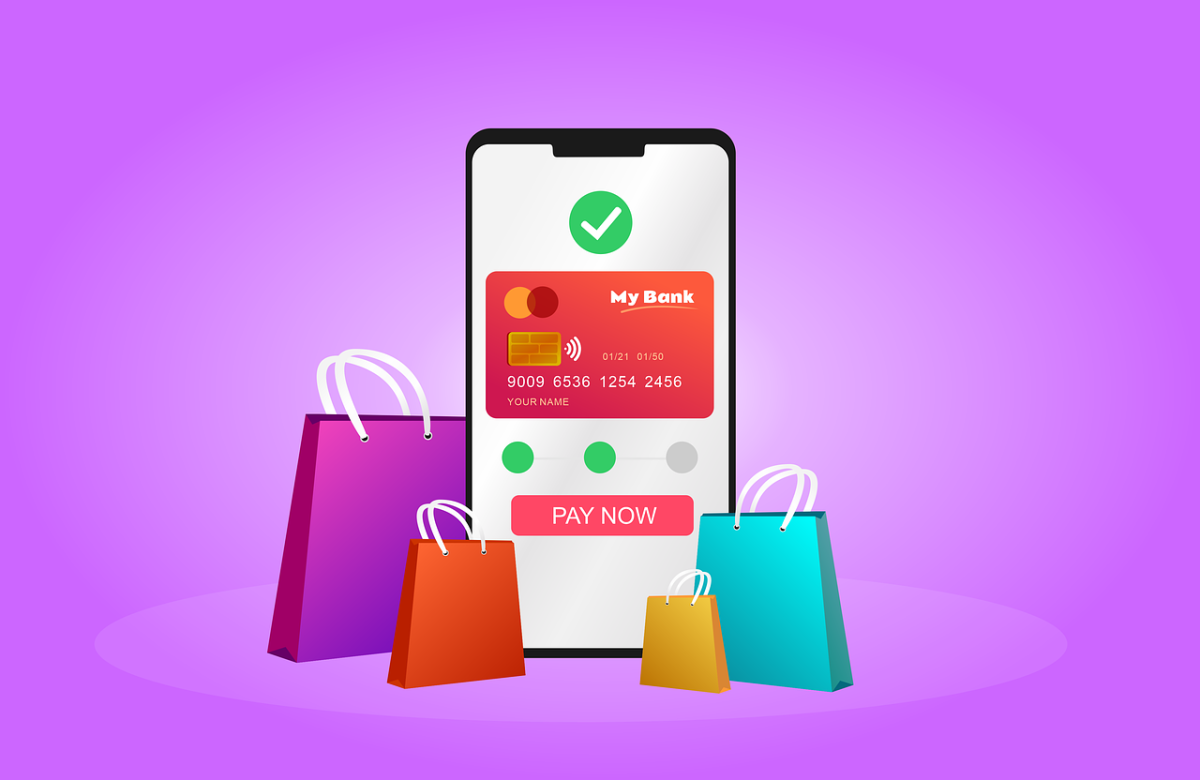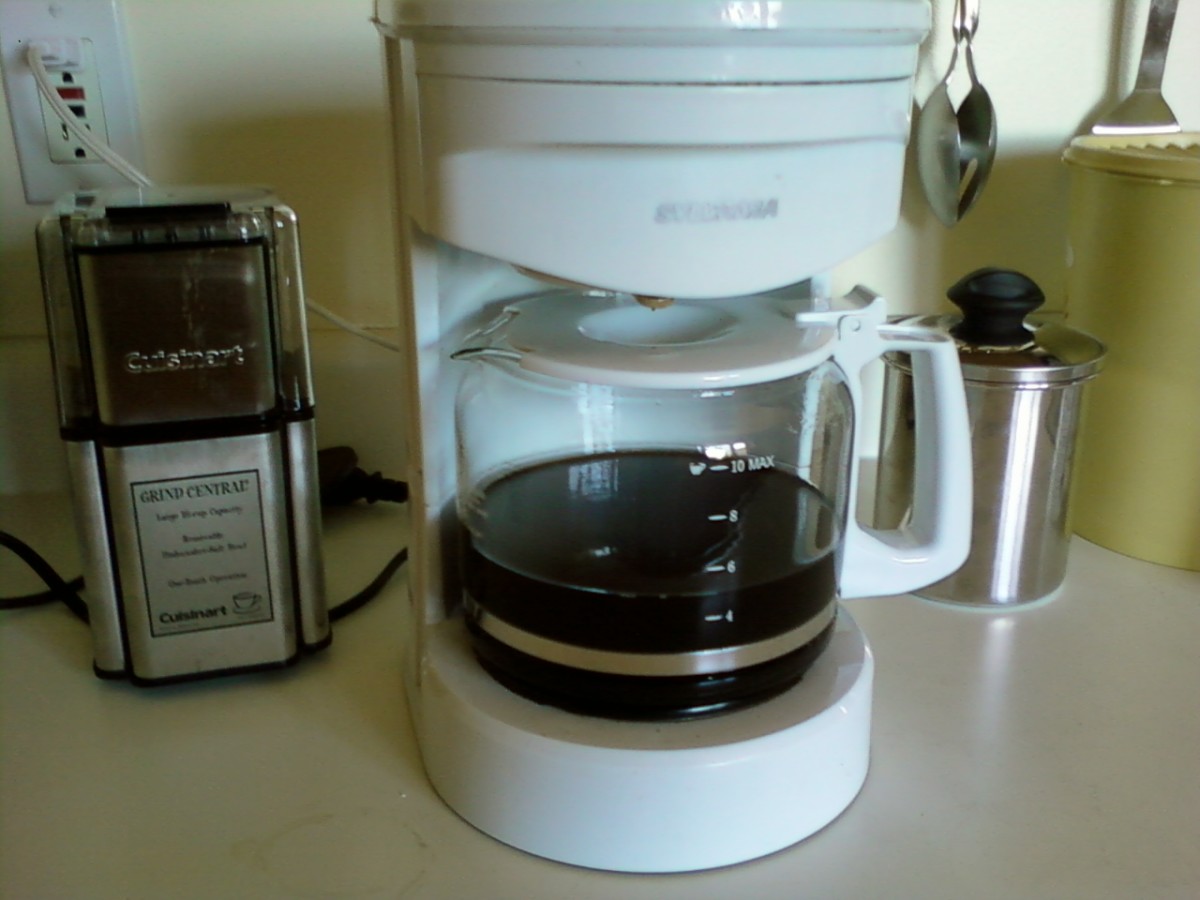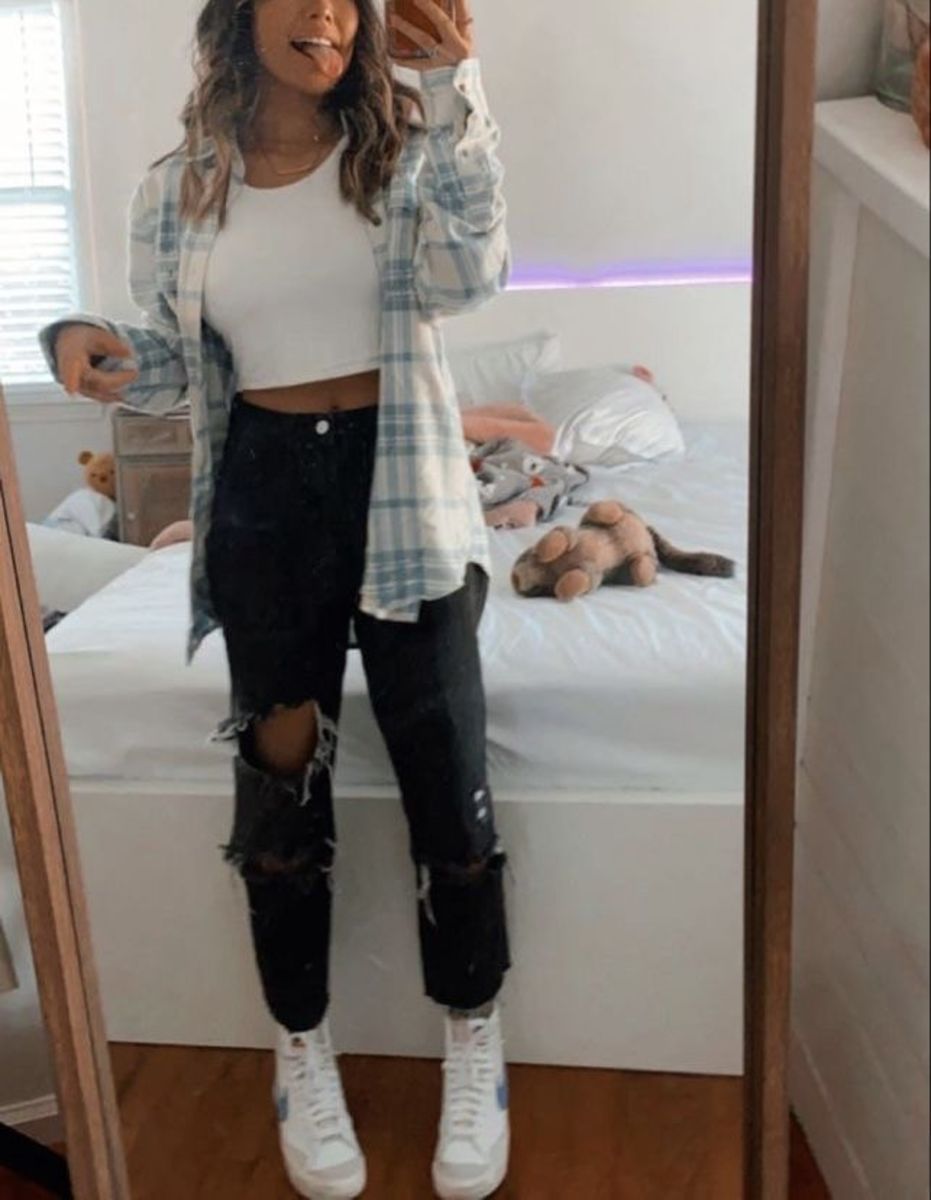High-Tech Online Storefront Kiosks Tackle Online Marketing Growth
The battle between in store and online shopping has just got more interesting. Already many people browse through the stores to decide what they like, try clothes on, and touch and feel the goods before they buy, but then purchase online to get discounts and free home delivery.
Other people really like the sophisticated tools available online that help them see the range of goods available that match certain criteria such as price, color, size range, accessory options, warranties and a whole lot of other things.
These tools have not been available in store until now.
This is despite many of the store having online websites that do these things.
The real stores are making a comeback with online style kiosks within the stores in an effort to turn the tide flowing to online purchases back to them.
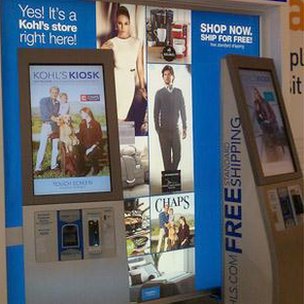
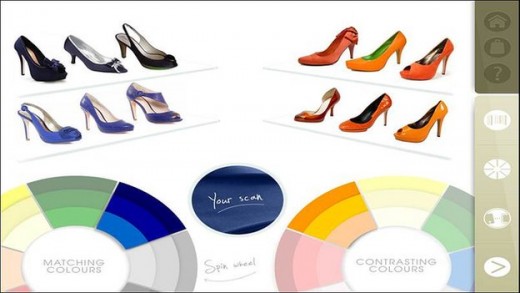
Enter Omni-Commerce the New Player in Shopping Tools
These kiosks are essentially an array of large-scale apps and online shopping tools to help shoppers make choices while in the shop itself using an online look and feel.
Because the displays are very large, and are not restricted to the small size of screens on smartphones, pads, notebooks, and PCs, the tools displayed are greatly enhanced.
Bigger screens mean better data, and better interaction with the customer.
These stations effectively integrate the retail operation with the online store, blurring the boundaries and offering shoppers the best of both worlds.
The tool is especially useful for accessories, bags, hats and shoes to match clothes and shoes for woman and men. Tramping around various floors trying to find theses accessories can be very time consuming and frustrating. One of the apps available at these new kiosks lets customers take either a new item or an old one, even the one they are wearing, hold it up to a camera and have the kiosk system match the color exactly and suggest various accessories to match. The kiosk unit then displays the matching items in stock and where to find them in the store. The system also shows prices and lists options for various criteria including home delivery, lay buys. In many ways the online system in the kiosk are more powerful and have more features than the online websites. It really is a marriage made in heaven for shopaholics.
In many ways the new Omni-Commerce kiosks shift the pendulum swing between the customer and the retailer, back to the shopper. In the past, the shop-front was king and the customer had to move around the space to find what they wanted, negotiating the various floors and maps to find various departments. This new technology really moves the pendulum back to the customer at the kiosk. The information on what is available is brought to them in smart ways so that can see what is available matched to their needs without having to go from floor to floor in the store.
It also sets new horizons, away from WHERE people shop to HOW they shop. It potentially brings customers back to the stores and away from their computer screen. Customers can now try things on in the store after having selected from the display of item shown full-size on the large displays at the kiosk. They can explore the range of items available online by browsing at the kiosk, rather than having to walk around the store itself. It brings all the advantages of online shopping back to the store itself.
Predicted Growth of Online Sales in USA
Year
| Predicted Sales in Billions of Dollars in US
|
|---|---|
2012
| 231
|
2013
| 262
|
2014
| 291
|
2015
| 319
|
2016
| 345
|
2017
| 370
|
Predicted Growth in Online Sales
Various projections suggest that online sales will grow to 10% of all sales in the US by 2017 (see the table). The rate of increase is 10% per year. Conventional retailers have developed various strategies to remain competitive. However, the prediction is that shop fronts will get smaller as retailer develop their own online presence. Better ways need to be found for retailers to exploit the desire for customer to try clothes and shoes on, and to touch and feel items, before they buy them. Retailers need get sales from their 'captive audience' of people who browse through the stores and make the sales.
© 2013 Dr. John Anderson

